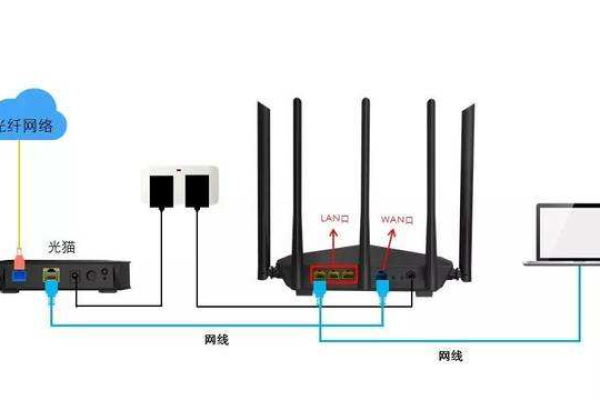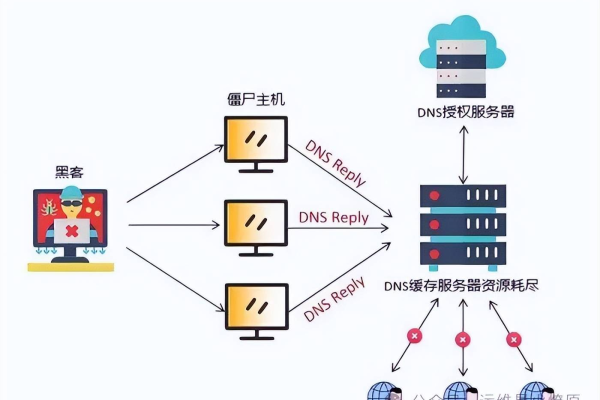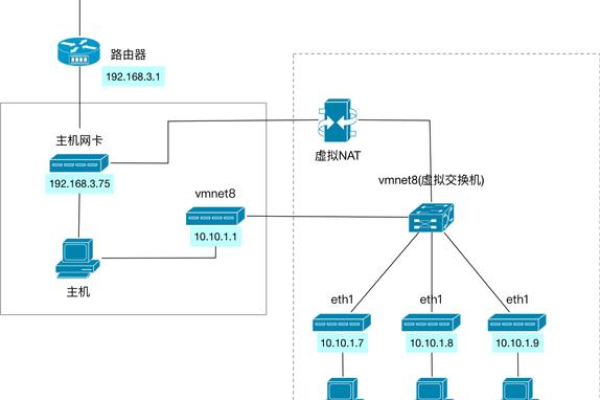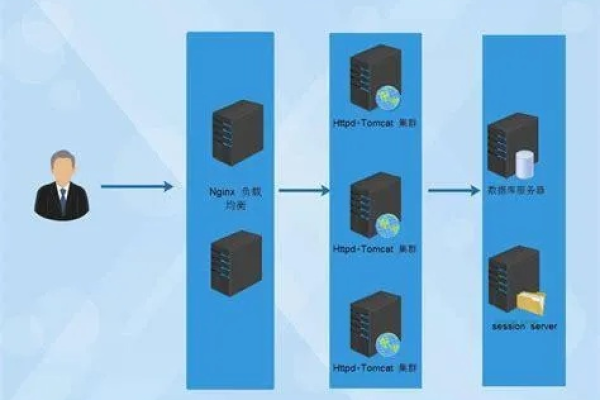服务器网络连接方式的差异性,背后的技术原理是什么?
- 行业动态
- 2024-07-22
- 3
随着网络技术的飞速发展,网络硬件设备也随之不断进化,在构建网络时,网线作为连接各个网络设备的桥梁,其重要性不言而喻,不同的网络环境和应用需求往往要求使用不同的网线接法,这背后涉及多种技术规范和传输性能的考量,本文旨在探讨导致服务器网线接法差异的原因,并提供实用的选择指南。
我们需要了解网线的基本分类和特性,根据传输速率和距离的要求,网线可以分为不同的类别,如Cat 5e等,这些不同的网线类别,因其内部结构和材质的差异,决定了它们在不同场合下的适用性,Cat 5e网线常用于100Mbps的网络环境中,而更高级别的网线则能支持更快的传输速率和更长的传输距离。
我们分析网线接法的技术规范,在网线的制作过程中,水晶头的接线方式主要分为A类和B类,这两种接法的主要区别在于线序的不同,TIA/EIA568A标准的线序为绿白、绿、橙白、蓝、蓝白、橙、棕白、棕;而TIA/EIA568B标准则为橙白、橙、绿白、蓝、蓝白、绿、棕白、棕,这两种标准的存在,主要是为了适应不同的网络设备连接需求,如直连线和交叉线。
随着技术的发展,许多新型网卡配备了智能交换功能,这意味着无论使用哪种接线方式,这些网卡都能够自动调整信号,实现网络设备的互通,这一进步大大简化了网络设置的过程,减少了因接线错误导致的网络故障,尽管有这种智能适配功能,专业的网络工程师在布置大型或复杂的网络时,仍然需要精确地选择合适的网线类型和接法,以确保网络的稳定性和传输效率。
服务器网线接法的差异主要由以下因素决定:
1、网络环境的多样性:不同的网络环境对传输速率和距离有不同的需求,这直接影响到所需使用的网线类型及其接法。
2、技术规范的差异:A类和B类接法的设计,反映了不同设备间连接的技术要求,特别是在直连和交叉线的应用场景中。
3、网络设备的智能化:现代网络设备的智能化减轻了对特定网线接法的依赖,但在某些情况下仍需要手动配置以确保最佳性能。
虽然现代网络技术的进步为网络的配置和部署提供了极大的便利,但理解不同网线接法的原理和应用场景,对于设计高效、稳定的网络系统仍然是至关重要的。
相关问答FAQs
Q1: 如何选择适合我的网络环境的网线?
A1: 首先考虑你的网络对速度和距离的需求,然后根据这些需求选择相应类别的网线(如Cat 5e, Cat 6等),对于一般家庭或小型办公室,Cat 5e或Cat 6网线通常就足够了。
Q2: 为什么有时候我用错误的网线接法也能让网络正常工作?
A2: 随着网络技术的发展,许多新型网卡都配备了智能交换功能,可以自动调整信号,使得即便使用错误的网线接法也能实现网络通信。














